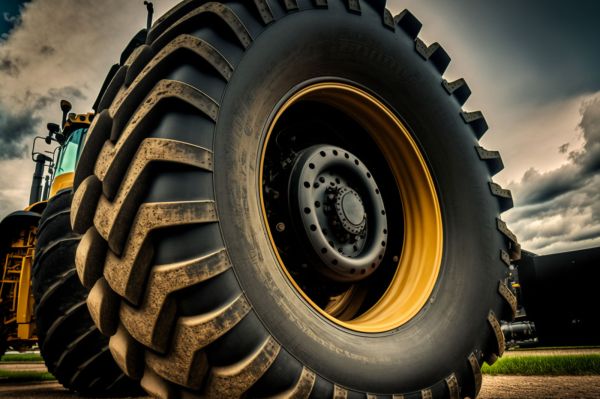
Matt O'Keeffe
Editor
Farmers carry the cost of tractor regulation

A new tractor represents a considerable investment and should be the subject of scrutiny to confirm that money is well spent. Adequate horsepower to cater for the myriad of uses tractors are put to on farms is of central importance. As power tools, tractors have few peers in terms of versatility, efficiency and productivity. Tractor design, comfort and performance have improved considerably in recent years and continuous research and development expenditure by manufacturers promise ongoing improvements. When we consider the initial expense associated with tractor purchase, we usually attribute much of the cost to increases in raw materials including steel, labour, and energy costs associated with the manufacturing process. There is another expense factor that has added considerably to tractor purchase costs over the past two decades. When the European Union initiated a process of regulating emissions from diesel-powered tractors and other engines, it set off a cost-inflation factor to the ultimate owner that continues to impact today. Investment in the development of more efficient engines has succeeded in delivering more output power for reduced fuel input. That emphasis on increased efficiency has been an ongoing quest since Ferguson, Ford, Deere, and others brought the first internal combustion tractor engines to market well over 100 years ago. The quest to reduce emissions including carbon dioxide and nitrogen oxide is a more recent development, driven by regulation as well as an increasing realisation by tractor manufacturers of the pollutant and health impacts of exhaust-fume residues. There has been significant additional cost associated with the implementation of improved emissions standards. In recent years, we have also seen the imposition of mandated reductions in particulate matter from the exhaust residues of tractors. Starting at Tier 1 emissions regulatory standards introduced 20 years ago, the emissions standards have incrementally risen over the past two decades to today’s Tier 5 stage. These upgrades have been welcome developments, not only for tractor users who now operate in a cleaner working environment, but they are also a positive development for the general public and for our surrounding environment. There has been and continues to be a significant cost attached to these higher emissions standards. Billions of euros have been expended by tractor and engine manufacturers in achieving these emissions improvements. These additional costs have, ultimately, been passed on to the end user – in the case of tractors, predominantly the farming community. Farmers recognise the validity of achieving these environmental improvements through improved tractor-engine technology. However, these are additional costs incurred by farmers that are disregarded in any analysis of the efforts being made by farmers to reduce emissions and achieve climate-change-mitigation successes.
Much emphasis has been put on the targets set for reduction in carbon-associated emissions from food production. There has been much less, if any, recognition of the success at considerable cost, it should be said, of farmers in increasing food production efficiencies. Purchasing and operating technologically advanced tractors is one such action that does not receive the recognition it deserves. How have farmers managed to consistently increase food production for an increasing global population?
It didn’t happen by accident, but rather, by the implementation of advanced technologies which carry significant additional costs. Lower-emission tractors are an obvious example. Farmers deserve credit for the financial costs they have borne in the furtherance of higher environmental and human health standards.




